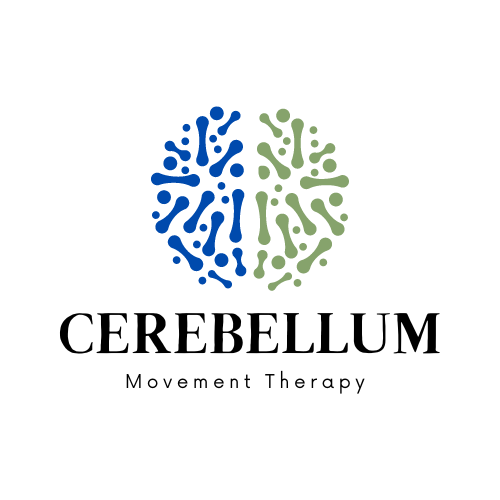The Marvels of the Supplementary Motor Area (SMA)
Let’s talk about one of the brain's enigmatic region - the Supplementary Motor Area (SMA). Situated within the frontal lobe, the SMA holds a pivotal role in our motor system, orchestrating, organizing, and coordinating our intricate movements. Let us delve into its fascinating functions and unravel the wonders it beholds.
The Supplementary Motor Area acts as a master planner, diligently charting the course for each step of an action. Whether it's dressing in the morning or engaging in activities requiring bilateral coordination, the SMA ensures a flawless execution, leading to efficient and accurate movements.
Beyond its role in physical movements, the SMA plays a captivating part in motor imagery. When we vividly imagine ourselves performing an action, the SMA lights up as if we were executing it in reality. This link between mental representations and physical movements underscores the intricate connection between mind and body.
The SMA's influence extends to the harmonious coordination of bilateral movements. Whether clapping hands or playing a musical instrument, the SMA acts as a conductor, synchronizing both sides of the body with finesse and fluidity.
A remarkable aspect of the SMA lies in its ability to suppress unwanted movements and inhibit conflicting motor plans. This error-correction mechanism enhances performance and minimizes mistakes during complex tasks, allowing us to stay focused and on target.
The SMA does not work in isolation; it harmoniously collaborates with other brain regions involved in motor control. Its partnership with the primary motor cortex, prefrontal cortex, and basal ganglia forms an intricate network that fine-tunes our motor skills and enables precise and coordinated movements.
Engaging in regular exercise can have a profound impact on the Supplementary Motor Area (SMA) and its functions. Exercise (including rehab exercise) stimulates various brain regions, including the SMA, leading to improved motor planning and coordination. As we move our bodies during physical activity, the SMA becomes active, refining its role as a master planner of movements. Additionally, exercise enhances bilateral coordination, as activities like weightlifting, dancing, or sports require the synchronized use of both sides of the body. Moreover, the SMA's involvement in suppressing unwanted movements becomes more refined with regular exercise, leading to smoother and more controlled actions. By incorporating physical activity into our routines, we not only promote our overall health but also optimize the SMA's performance, ultimately supporting better motor skills and movement precision.
The Supplementary Motor Area emerges as a vital component of our brain's motor control system. Understanding its functions not only enriches our knowledge of neuroscience but also illuminates the intricate workings of our brain as it orchestrates our movements with remarkable precision.
#Neuroscience #SMA #BrainWonders #MotorControl #MindAndMovement

